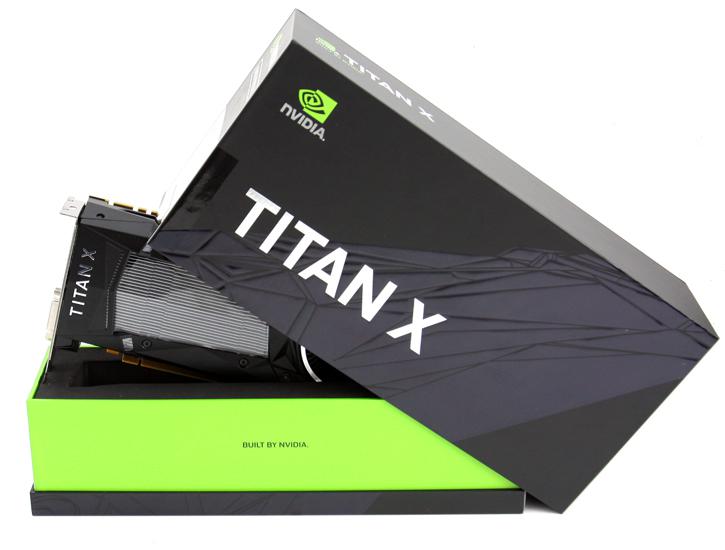Introduction
A little Nitro boost for da Nvidia Titan X?
Taking 12 Billion transistors over 2100 MHz with the reference air cooler
Today an article slash guide dedicated on overclocking the Nvidia Titan X (Pascal). Are we able to pass 2000 MHz with the 12 Billion transistors based GPU ? Yes we can, relatively easily even. Armed with a new trick or two overclocking will never be the same though. But if you want another 10% extra performance out of an already seriously fast Nvidia GTX Titan, we'll gladly show you how to do it. So you just read up on all the glory there is to be found regarding the Titan X in all its glory. And though we briefly touched on the topic of overclocking in our reference article, there's still one bit missing; extended tweaking performance. We really wanted to publish a separate article on it as a thing or two have changed with this new product that deserve some explaining.
First off, we if you have not done seo, please read our reference Titan X article:
Overclocking never comes without risk, but it sure as heck is interesting to see how far you can take a card. As such today an article dedicated on overclocking the Nvidia Titan X. You will notice that if you go for long lifespan that overclocking the old fashioned way will not disappoint. A good 1800~1850 MHz on the GPU (reference air cooler) is certainly something you can achieve reasonably easy. However with Nvidia's updated Dynamic Clock Adjustment technology (GPU Boost 3.0) things have changed a bit. Regardless of that you'll be able to tweak a lot more performance out of this complex 12 Billion transistor GPU, more than you think.
GPU Boost
Way back ever since the launch of Kepler GPUs the mainstream and high-end SKUs feature a Dynamic Clock Adjustment technology and we can explain it easily without any complexity. Typically when your graphics card is idle, the cards clock frequency will go down... yes? Well, obviously Pascal architecture cards will do this as well, yet it can work vice versa. If in a game the GPU has room left for some more, it will increase the clock frequency a little which adds some extra performance. You could say that the graphics card is maximizing it's available power threshold and target. All this is managed by a dedicated hardware circuitry that monitors various aspects of the graphics card, from the GPU's power utilization, load levels, temperatures, voltages to the actual GPU and memory utilization. All that information is continuously processed by the GPU Boost software algorithms to determine what changes, if any, should be made to the GPU and memory clock speeds and voltages.
The biggest limiters
Overclocking has become a little more intricate anno the year 2016 as Nvidia has introduced way to many limiters. E.g. if you reach a maximum power draw, the card wil down-clock. If the card reaches a predefined temperature, it'll down-clock, if it detects certain power signatures from somewhat viral applications like FurMark or even 3DMark, it will downclock. So as you can see there are a lot of limiters at work these days. The trick is to work with what you got and what you can alter. For the Titan X, the biggest limiter really is temperature. 12 Billion transistors are bound to create heat. The cooler that Nvidia applied on this product barely does the job. Nvidia as such set it's thermal limiter at 80 Degrees. once the GPU reaches that temperature it'll start changing voltages and the dynamic frequency to keep that temperature at the desired 80 Degrees. This keeps (in reference clocks and setup) the Boost frequency in the 1600~1650 MHz range. That is the balance in-between an acceptable temperature versus versus Power consumption, heat and a lot of other things. If you configure the temperature target at 90 degrees and the power target has room left then Titan X will increase and clock faster on the Turbo frequency until it reaches the temperature and power targets. Overclocking on that end will work the same as GPU boost will continue to work while overclocking, it stays restricted within the TDP bracket. We'll show you that over the next few pages. For this review we enabled voltage tweaking with an internal build (not yet released) MSI Afterburner, allowing us and inevitably you to tweak and overclock based on core frequency offset, power, voltage and temperature targets. These are the magic four for GPU overclocking (next to memory tweaking).
GPU core Voltage tweaking
The Nvidia Titan X GP102 measured at close to 471 mm², might be massive and huge with its 12 billion transistors, but the Pascal generation, it seems, is golden and magic stuff for Nvidia as throughout the current line-up all GPU can reach high clock frequencies, this is not different for the Titan X. Nvidia has received a lot of heat when they started limiting voltages. Obviously they have done so in order to prevent high RMA rates and ensure longer lifespan. When tweaked the Titan X reaches a maximum GPU voltage of 1.093 mV. So that is the threshold on voltage we will. Anyway, enough said. Once again we'll demonstrate it all. The Titan X series will demonstrate one thing, they are pretty nice overclockers. Next page please.


